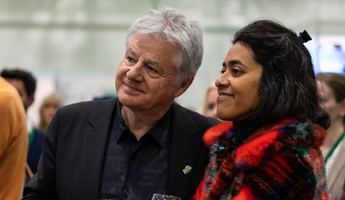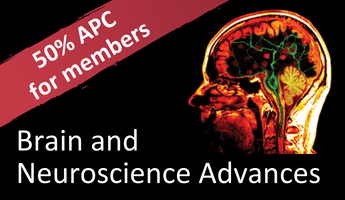- Vacancy Reference Number
- https://www.findaphd.com/phds/?Keywords=marcotti
- Closing Date
- 28 Feb 2021
- Salary
- tba
- Duration
- 3 years
Understanding progressive changes in cochlear non-sensory cells: implications for age-related hearing loss
This project is ideal for a PhD student because it will involve a wide range of state-of-the-art techniques present in the laboratories of the PIs, ranging from electrophysiology to 2-photon imaging, immunostaining to qPCR, together with training in in vivo physiology and mouse transgenic. In addition, the student will be exposed to one of the most topical research areas in biology (ageing), with the potential to improve the foundation for the future development of therapeutic intervention for people. The PhD student will learn how to interpret and write scientific papers, prepare poster and oral presentations of the work and deliver them to a scientific audience and to the general public via our outreach activities.
The student will be supported by two world-leading PIs in neuroscience: Marcotti (University of Sheffield) and Jagger (UCL).
Further Information
Age-related hearing loss (ARHL) is the most common sensory deficit in the elderly, leading to the progressive loss of hearing sensitivity and decreased ability to understand speech. About 25% of people over 45 years old, and 60% of those in their 7th decade, have hearing loss that is severe enough to affect communication, causing social isolation and depression.
Despite the impact of ARHL within our society, there are no treatments because we know very little about the underlying causes. Recent research has primarily focused on the role of hair cells and their neurons, but has neglected other key aspects of ageing, such as changes in the intercellular communication among the non-sensory cells, which create a functional syncytium within the cochlea. This intercellular coupling is key to the survival and function of hair cells and their neurons, because it regulates several physiological processes (e.g. Ca2+ homeostasis, purinergic signalling). Moreover, it is responsible for transporting glucose and other nutrients from the blood vessels to the largely avascular sensory epithelium.
Our preliminary data show that the function of these non-sensory cells, the expression of key proteins in their membrane (e.g. connexins, P2X receptors) and genes regulating the expression of these proteins (e.g. Brn4) change with age. Therefore, our overarching hypothesis is that non-sensory cells undergo progressive functional changes with age, and this occurs prior to deterioration of the hair cells and their neurons. Testing this hypothesis is of fundamental biological importance. As we begin to think about therapeutic strategies to combat ARHL, should we target the hair cells/neurons or the non-sensory cells?
Contact Details
Prof Marcotti: w.marcotti@sheffield.ac.uk
University of Sheffield







